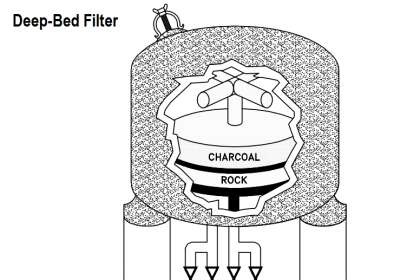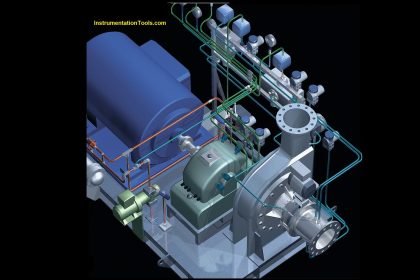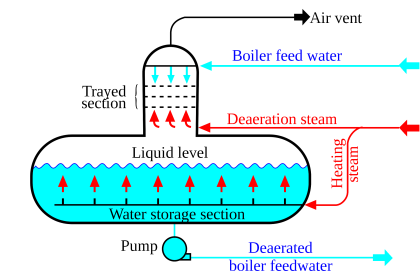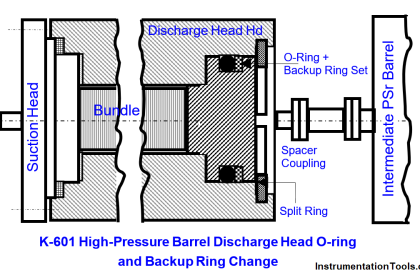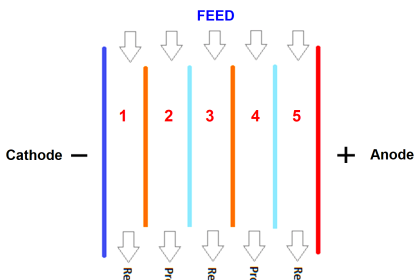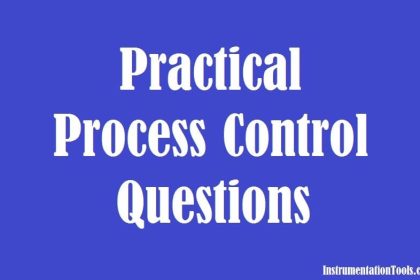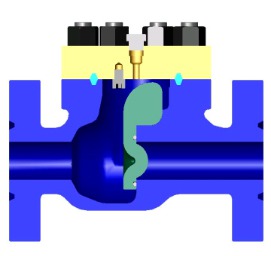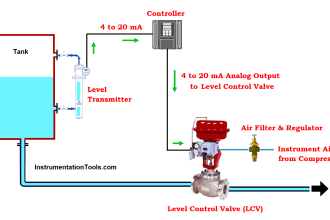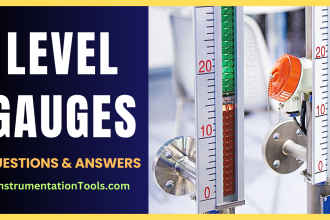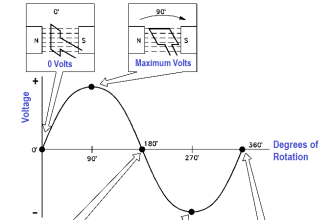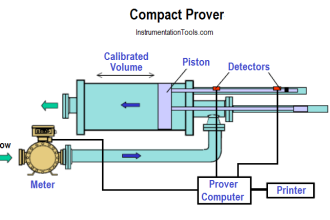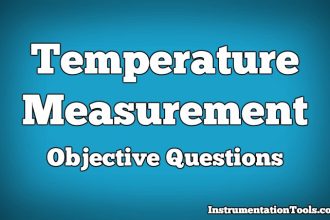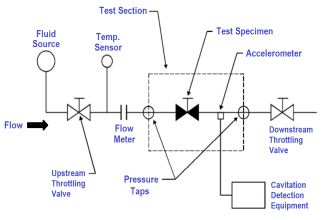People often lack respect for the power in compressed air because air is so common and is often viewed as harmless. At sufficient pressures, compressed air can cause serious damage if handled incorrectly. To minimize the hazards of working with compressed air, all safety precautions should be followed closely.
Small leaks or breaks in the compressed air system can cause minute particles to be blown at extremely high speeds. Always wear safety glasses when working in the vicinity of any compressed air system. Safety goggles are recommended if contact lenses are worn.
Compressors can make an exceptional amount of noise while running. The noise of the compressor, in addition to the drain valves lifting, creates enough noise to require hearing protection. The area around compressors should normally be posted as a hearing protection zone.
Pressurized air can do the same type of damage as pressurized water. Treat all operations on compressed air systems with the same care taken on liquid systems. Closed valves should be slowly cracked open and both sides should be allowed to equalize prior to opening the valve further. Systems being opened for maintenance should always be depressurized before work begins.
Great care should be taken to keep contaminants from entering air systems. This is especially true for oil. Oil introduced in an air compressor can be compressed to the point where detonation takes place in a similar manner as that which occurs in a diesel engine. This detonation can cause equipment damage and personnel injury.
